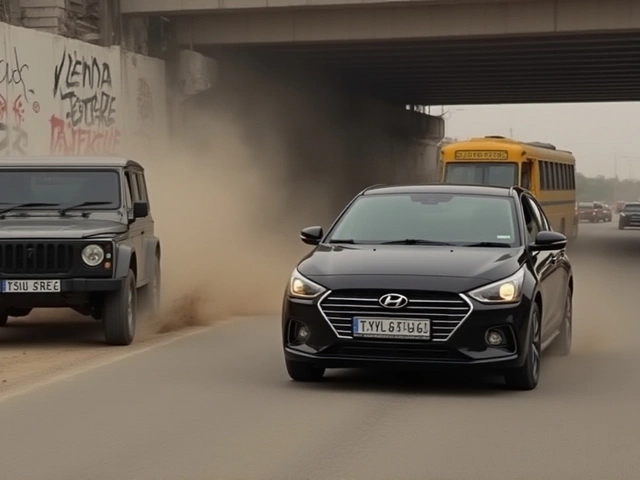Violence – Explore Articles, Stories & Insights
When you click on the Violence tag you’ll land in a collection of posts that tackle the messy, often unsettling side of life. We don’t shy away from tough topics – instead we break them down so you can see the facts, the human angle and what it means for you.
What You’ll Find Here
Every article in this section deals with a different facet of violence. Some pieces look at historical conflicts, like the Spanish missions in California and the power struggles that followed. Others examine modern threats, from workplace aggression to online hate. You’ll also see personal stories that highlight how everyday people cope with or confront violent situations.
We keep the writing straight‑forward: short paragraphs, real examples and no jargon. If you’re studying for a public service exam, the practical takeaways can help you answer scenario‑based questions. If you just want to stay informed, the posts give you clear context without drowning you in academic language.
Why It Matters
Violence isn’t just a headline; it shapes policies, affects community safety and influences the way governments train their officers. Understanding the root causes – whether they’re economic, cultural or political – lets you see the bigger picture. That perspective is crucial for anyone preparing for PSC exams, where questions often test your grasp of social dynamics and law‑enforcement duties.
For instance, the article on British India discusses how colonial rule created both development and oppression, leading to unrest that sometimes turned violent. Knowing that history helps you answer questions about law, order and public administration in a nuanced way.
Another post looks at the impact of a single passenger on a flight, shedding light on safety protocols that prevent panic‑inducing scenarios. While not a classic “violence” story, it shows how airlines manage risk and keep passengers safe – a useful angle for exams covering transport regulations.
Every piece is written to give you a quick, practical insight. No fluff, no endless theory. You’ll walk away with clear takeaways you can use in study notes, debates or everyday conversations.
So, whether you’re here for exam prep, personal curiosity, or simply to stay aware of how violence shapes our world, the Violence tag has something for you. Dive in, read a few articles, and you’ll get a solid grounding in the many ways conflict shows up in history and today’s headlines.

Why are drunk people always in the mood for violence?
- Date: 31 Jan 2023
- Author: Aarav Khatri
Alcohol consumption often leads to aggression and violent behaviour. When people are drunk, they are more likely to act impulsively and to be more emotionally unstable. They may become more hostile, act aggressively and be more likely to become involved in physical fights or other forms of violence. This is because alcohol weakens people's inhibitions, allowing them to act impulsively and without thinking through the consequences.




